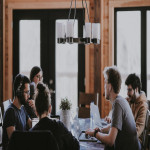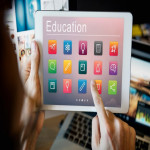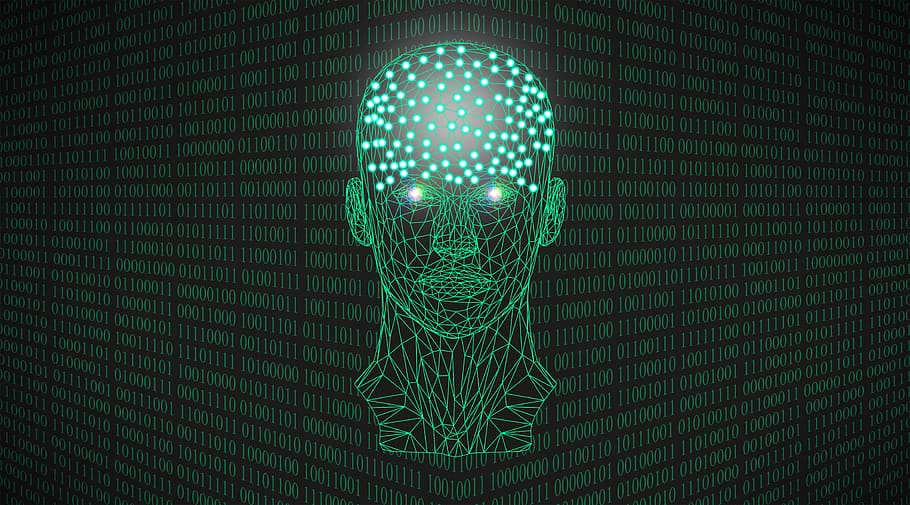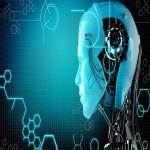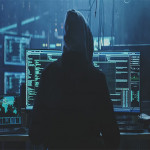Introduction
In a world fueled by innovation, the marriage
of artificial intelligence (AI) and creativity has become an intriguing and
transformative alliance. As we navigate the digital landscape, the boundaries
between human ingenuity and machine intelligence blur, opening up new
possibilities for creative expression and problem-solving. In this blog post,
we explore the dynamic relationship between AI and creativity, shedding light on
how this fusion is shaping the future of industries and inspiring a new era of
innovation.
The Canvas of Imagination
Traditionally, creativity has been considered a
uniquely human trait, often associated with artistic endeavors, storytelling,
and invention. However, with advancements in AI, we are witnessing machines
engaging in tasks that require creativity, challenging our preconceived
notions. AI algorithms can now generate art, compose music, and even write
poetry, raising questions about the essence of creativity and the role of
machines in the creative process.
AI as a Collaborative Partner
Contrary to the fear that AI might replace
human creativity, the current trend suggests a more collaborative approach. AI
serves as a powerful tool, augmenting human capabilities and pushing the
boundaries of what is conceivable. Creative professionals can leverage AI to
enhance their work, automate repetitive tasks, and explore novel ideas. This
partnership between human intuition and machine efficiency is fostering a
symbiotic relationship that promises to unlock unprecedented levels of
innovation.
Transformative Impact on Industries
The infusion of AI into creative industries is
reshaping the way we approach design, marketing, and entertainment. From
personalized content recommendations to predictive design tools, AI is
streamlining workflows and amplifying creative output. In fields such as
advertising, AI-driven algorithms analyze consumer behavior to tailor
campaigns, ensuring a more resonant and impactful message. In filmmaking, AI is
revolutionizing video editing and special effects, opening up new possibilities
for storytelling.
The Rise of Generative AI
One of the most fascinating aspects of AI and
creativity is the rise of generative models. These algorithms are capable of
creating new content autonomously, mimicking the style and patterns they learn
from vast datasets. For example, OpenAI's GPT-3 can generate human-like text,
enabling writers to ideate and draft content with the assistance of AI. This shift
from rule-based systems to generative models marks a significant leap in the
evolution of AI's creative capabilities.
Ethical Considerations
As AI becomes more deeply integrated into
creative processes, ethical considerations come to the forefront. Issues of
bias, ownership, and transparency require careful consideration. How do we
ensure that AI-generated content aligns with ethical standards? Who owns the
rights to AI-created works? These questions underscore the need for a
thoughtful and responsible approach to the intersection of AI and creativity.
The Road Ahead
The journey of AI and creativity is an ongoing
exploration, with new breakthroughs and challenges emerging regularly. As we
navigate this uncharted territory, it is essential to foster a collaborative
and ethical ecosystem that harnesses the full potential of AI while
safeguarding the integrity of human creativity. The future promises a tapestry
woven with the threads of human ingenuity and artificial intelligence, creating
a vibrant landscape where innovation knows no bounds.
Conclusion
In the ever-evolving realm of technology, the
fusion of AI and creativity heralds a new era of possibilities. By embracing
this collaboration, we embark on a journey that transcends conventional
boundaries, unlocking the full spectrum of human and machine potential. As we
navigate the intersection of AI and creativity, let us embrace the
opportunities it presents, mindful of the ethical considerations that guide us
toward a future where innovation and imagination coalesce in unprecedented
ways.
The Canvas of Imagination
Traditionally, creativity has been considered a uniquely human trait, often associated with artistic endeavors, storytelling, and invention. However, with advancements in AI, we are witnessing machines engaging in tasks that require creativity, challenging our preconceived notions. AI algorithms can now generate art, compose music, and even write poetry, raising questions about the essence of creativity and the role of machines in the creative process.
AI as a Collaborative Partner
Contrary to the fear that AI might replace human creativity, the current trend suggests a more collaborative approach. AI serves as a powerful tool, augmenting human capabilities and pushing the boundaries of what is conceivable. Creative professionals can leverage AI to enhance their work, automate repetitive tasks, and explore novel ideas. This partnership between human intuition and machine efficiency is fostering a symbiotic relationship that promises to unlock unprecedented levels of innovation.
Transformative Impact on Industries
The infusion of AI into creative industries is reshaping the way we approach design, marketing, and entertainment. From personalized content recommendations to predictive design tools, AI is streamlining workflows and amplifying creative output. In fields such as advertising, AI-driven algorithms analyze consumer behavior to tailor campaigns, ensuring a more resonant and impactful message. In filmmaking, AI is revolutionizing video editing and special effects, opening up new possibilities for storytelling.
The Rise of Generative AI
One of the most fascinating aspects of AI and creativity is the rise of generative models. These algorithms are capable of creating new content autonomously, mimicking the style and patterns they learn from vast datasets. For example, OpenAI's GPT-3 can generate human-like text, enabling writers to ideate and draft content with the assistance of AI. This shift from rule-based systems to generative models marks a significant leap in the evolution of AI's creative capabilities.
Ethical Considerations
As AI becomes more deeply integrated into creative processes, ethical considerations come to the forefront. Issues of bias, ownership, and transparency require careful consideration. How do we ensure that AI-generated content aligns with ethical standards? Who owns the rights to AI-created works? These questions underscore the need for a thoughtful and responsible approach to the intersection of AI and creativity.
The Road Ahead
The journey of AI and creativity is an ongoing exploration, with new breakthroughs and challenges emerging regularly. As we navigate this uncharted territory, it is essential to foster a collaborative and ethical ecosystem that harnesses the full potential of AI while safeguarding the integrity of human creativity. The future promises a tapestry woven with the threads of human ingenuity and artificial intelligence, creating a vibrant landscape where innovation knows no bounds.
Conclusion
In the ever-evolving realm of technology, the fusion of AI and creativity heralds a new era of possibilities. By embracing this collaboration, we embark on a journey that transcends conventional boundaries, unlocking the full spectrum of human and machine potential. As we navigate the intersection of AI and creativity, let us embrace the opportunities it presents, mindful of the ethical considerations that guide us toward a future where innovation and imagination coalesce in unprecedented ways.


